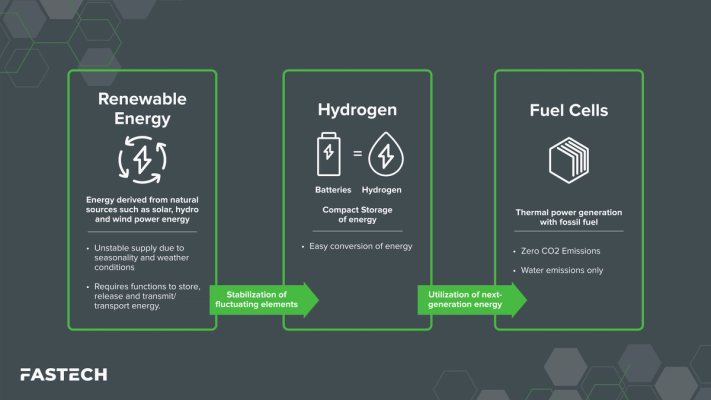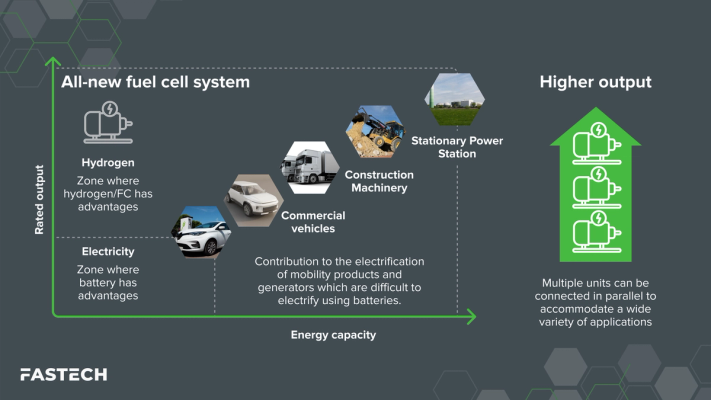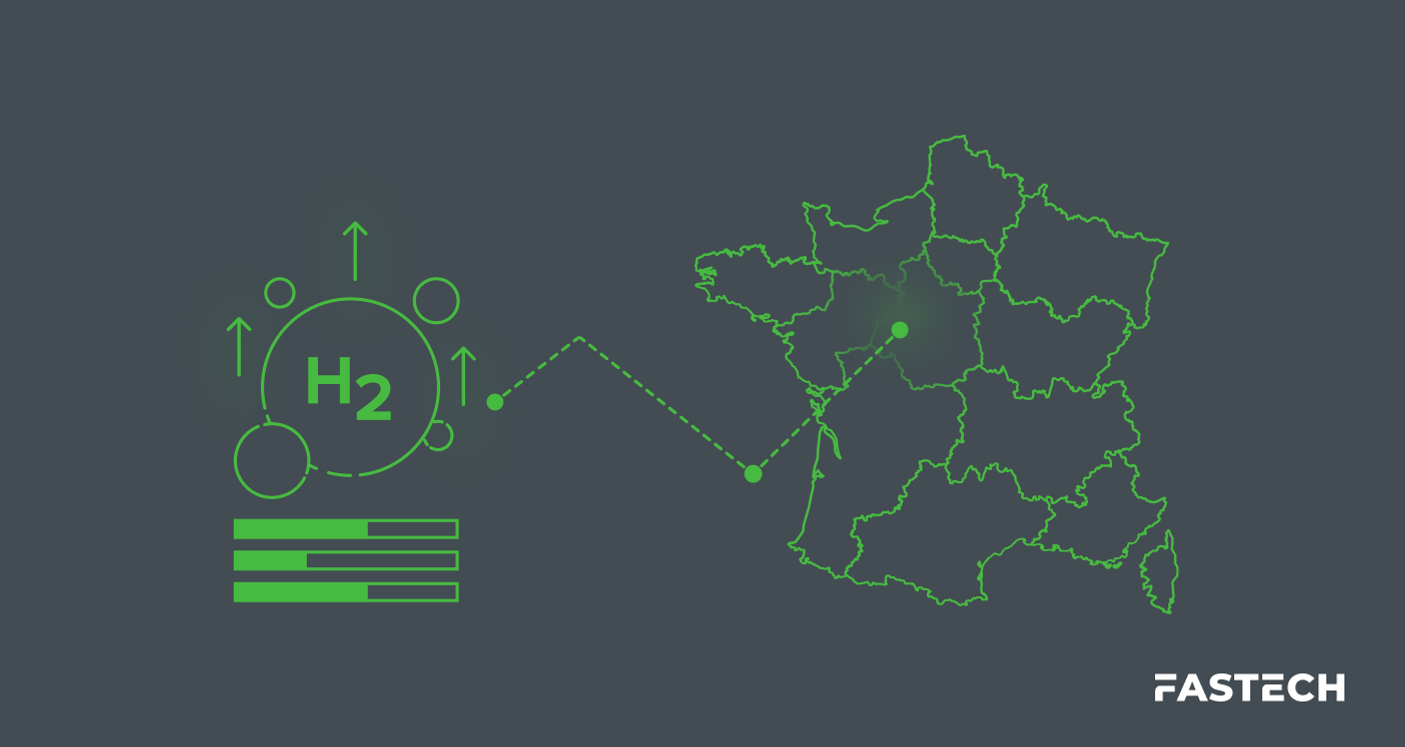5 Reasons Why Honda Keeps Investing in Hydrogen Fuel Cell Technology

Honda Motor Co., Ltd. has long shown interest in hydrogen fuel cells. Having dedicated decades and no small sum to research and development, Honda was perhaps the earliest commercial hydrogen advocate of its size and prominence.
Honda doubled down on their investments in recent years, reaching critical progress milestones and setting ambitious goals for the company’s role in the future of clean energy.
Given the notable barriers that have prevented hydrogen-powered vehicles from gaining widescale use, Honda’s commitment to the technology has surprised onlookers, leading to questions of whether the company knows something that the general public doesn’t.
With a little digging, Honda’s motivations for pursuing fuel cell technology become clear:
- A Vision for Zero-Emission Mobility
- Advancements in Fuel Cell Technology
- Increasing Availability by Upscaling Production
- Strategic Partnerships and Collaborations
- Expanding Applications Beyond Vehicles
Reason 1: A Vision for Zero-Emission Mobility

The Paris Agreement was signed into action in 2016, uniting 195 international parties under the goal of achieving net zero carbon emissions by 2050. In addition to the nearly 200 states and countries that officially signed, more private entities have pledged to pursue similar decarbonization efforts.
Honda has publicly committed to ambitious goals that align closely with those outlined in the agreement, including:
- Achieving carbon neutrality for all products and corporate activities by 2050.
- Ensuring that battery electric vehicles (BEVs)* and fuel cell electric vehicles (FCEVs)** represent 100% of their global auto sales by 2040.
*BEVs are the “traditional” plug-in electric vehicles that use batteries for energy storage.
**FCEVs store hydrogen (H2), which creates electricity through an electrochemical reaction with oxygen (O2) when fed into the fuel cell.
In a time when hydrogen-powered vehicles have yet to see widescale adoption (due, in part, to limited supporting infrastructure), Honda’s inclusion of FCEVs in their roadmap was noteworthy. Also of note, the company’s investment in hydrogen-fueled vehicles and mobility equipment dates back more than 30 years.
More broadly, hydrogen plays a crucial role in decarboniz
ation efforts due to its natural abundance, energy storage applications, and synergies with other energy production methods.
Reason 2: Advancements in Fuel Cell Technology

Honda’s hydrogen research began in the second half of the 1980s and has yielded considerable progress over the decades. In 1999, Honda developed its first fuel cell stack compatible with hydrogen. By 2002, the company produced the first EPA-certified fuel-cell vehicle—the Honda FCX.
In more recent years, Honda partnered with fellow industry giant General Motors (GM) to push their hydrogen fuel cell innovations to new heights. The crowning achievement of their partnership is the “all-new next-generation fuel cell system.”
Compared to Honda’s previous FC stack model—this system is more than twice as durable, achieves faster cold startup times, and drops production costs to less than one-third of the prior price. The system’s modular design is perhaps its most impressive feature, allowing it to operate in tandem with other units.
In effect, Honda and GM have collaboratively shrunk the production cost and physical size of fuel cells while improving their scalability. These breakthroughs could make hydrogen fuel more readily available for hard-to-abate sectors where BEVs aren’t feasible.
Reason 3: Increasing Availability by Upscaling Production
At the tail end of 2024, Honda announced plans to develop a production facility dedicated to its new fuel cell systems. The operation will repurpose company-owned property in Japan and has an expected production capacity of 30,000 units per year starting in 2028.
The state-of-the-art facility will make more than fuel cells, though. Honda shared four applications of hydrogen of particular interest:
- Passenger vehicles
- Commercial vehicles
- Construction machinery
- Stationary power stations
All are exciting prospects for alternative energy advocates who have long touted the versatility of hydrogen power.
The announcement comes hot on the trail of the official launch of the Honda-GM joint fuel cell manufacturing plant in Brownstown, MI. This long-awaited endeavor was revealed in 2017 and finally began production operations in January 2024.
Honda has made it clear that they intend to make fuel cell technology more widely available for consumers, companies, and public entities. Such market investments are essential for hydrogen energy to see broader use.
Like any market, the hydrogen industry will need a healthy number of investors to compete for greater advancement and affordability. Thankfully, Honda is not alone in their pursuit of automotive hydrogen tech.
Reason 4: Strategic Partnerships and Collaborations
Honda’s announcement of its new cutting-edge facility came with a callout for one of its top incentives—Japan’s Green Transformation (GX) initiative. Offered by the Japanese Ministry of Economy, Trade and Industry (METI), the initiative offers government subsidies for manufacturing companies that contribute to carbon-neutral supply chain development.
Honda’s use of government incentives in their expansion of fuel cell production highlights the power of collaboration between private and public entities. Alongside Honda’s team-up with GM, the company also contracts renewable wind and solar energy providers to offset carbon emissions.
The financial and operational synergy between different modes of renewable energy production opens many opportunities for mutually beneficial partnerships. Examples of this potential are everywhere, with projects furthering fuel cell tech globally.
One of hydrogen’s greatest strengths is its abundance both in volume and applications, enabling facilities to open almost anywhere to research, produce, and use its power.
Reason 5: Expanding Applications Beyond Vehicles
Honda has made it clear that its interests include and extend beyond FCEVs. Another top area of economic and environmental importance is making hydrogen technology commercially available for heavy-duty transportation.
Hydrogen has shown promise in reaching cost parity with diesel fuel and vehicles with internal combustion engines. Hydrogen is a clean and efficient energy source that refuels in roughly the same time with zero GHG emissions and minimal noise—making it attractive on several fronts for prospective investors.
Though hydrogen’s practical ability to abate heavy-duty transportation has been called into question, the technology continues making strides that seem to be accelerating with increased interest, awareness, and funding.
Without further details from Honda, any guess at the full range of new hydrogen-powered “mobility products” they have planned is conjecture. Possibilities include anything from long-haul semi-trucks to fuel cell cranes and much more. Industries from ocean freight to aviation have shown interest in hydrogen’s potential, so the sky’s the limit.
One specific product Honda shared plans for is a stationary fuel cell power station. Akin to hydrogen generators, these could be used for energy storage, backup supply, surge support, or continuous power flow depending on the user’s needs. These broad-use power stations hint at hydrogen’s potential to reimagine our energy systems and power grids.
The Role of Infrastructure in Honda’s Hydrogen Expansion
Continued research, development, and support from Honda and the many other entities advancing hydrogen energy demonstrate the potential for innovation. Hydrogen’s power has been harnessed for centuries, but logistical and technological barriers have held it back.
Today, hydrogen is finally beginning to garner some much-deserved recognition, but much work remains to be done. Expansive investments in hydrogen-specific infrastructure are needed before hydrogen can reach its full potential as the future’s carbon-cutting alternative energy.
These investments also come with great opportunity—from hydrogen hubs to tri-generation power plants to growing the hydrogen refueling network.
FASTECH is the leading end-to-end hydrogen infrastructure firm. Developers and project managers choose FASTECH as their single source for consulting, design, construction, maintenance, engineering, and compliance.
Step into a sustainable future with FASTECH’s hydrogen infrastructure solutions.




